In 1932 the Carnegie Foundation gave a grant to a Professor at the University of Washington to develop the design for the ultimate keyboard. They had good reason to try – as study after study showed that the “QWERTY keyboard” (as it was commonly known) had a terribly inefficient design ever since it was patented back in 1878.
The QWERTY keyboard was originally meant to offer a solution to the problem of keys sticking together on a typewriter by slowing typing down. The most commonly used letter combinations were placed further apart. The layout of the letters followed no intuitive logic. As a result, it worked for a short period – and solved the problem of sticking keys with an intentionally illogical and inefficient design.
Over time, however, the typewriter technology just got better and it caused Professor August Dvorak to think that in 1932 that the world needed a better design. So with his grant, he invented the DVORAK keyboard. It had a much more efficient design that placed the most commonly used letters in the middle row within easy access. You could now type the 400 most common words in the English language just with the middle row (you could only do 100 on the old QWERTY). The fastest typist in the world, Barbara Blackburn even set a world record of 212 words per minute on a DVORAK keyboard.
Yet we all know how this story ended – Dvorak lost the fight against QWERTY. The DVORAK keyboard design was never adopted on a mainstream, because nearly anyone who had to type had already learned how to use the inefficient system of the QWERTY keyboard at fast speeds and was unwilling to learn a new system. It was faster, easier and better to use the inefficient old solution than the newer, more efficient and clearly superior alternative.
Years later, I still use this example as a powerful reminder to any entrepreneur that sometimes having the best or most efficient solution isn’t the most important thing. There are old habits to break and biases to unlearn. Getting someone to change a learned behavior on anything from choosing one particular vendor or buying a certain type of product requires understanding what you are really up against.
Professor August Dvorak underestimated how much affinity people had for their inefficiently designed QWERTY keyboard. What kind of existing affinity that your customers have are you underestimating?
Answering this question can be the first step in avoiding failure and making sure you are not fighting a hopeless cause.


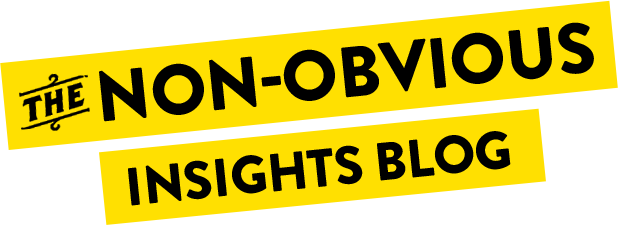




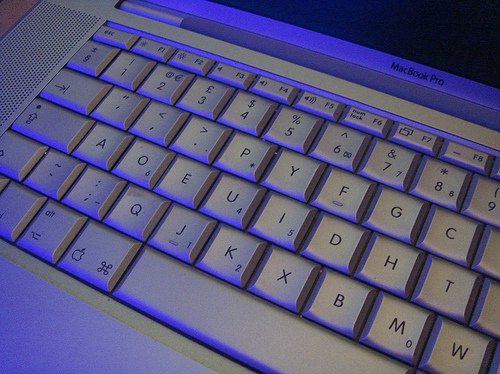
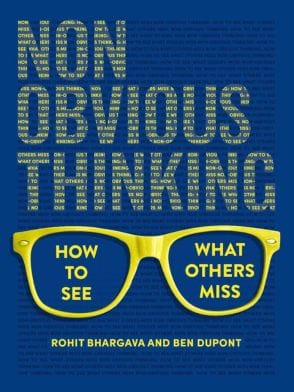

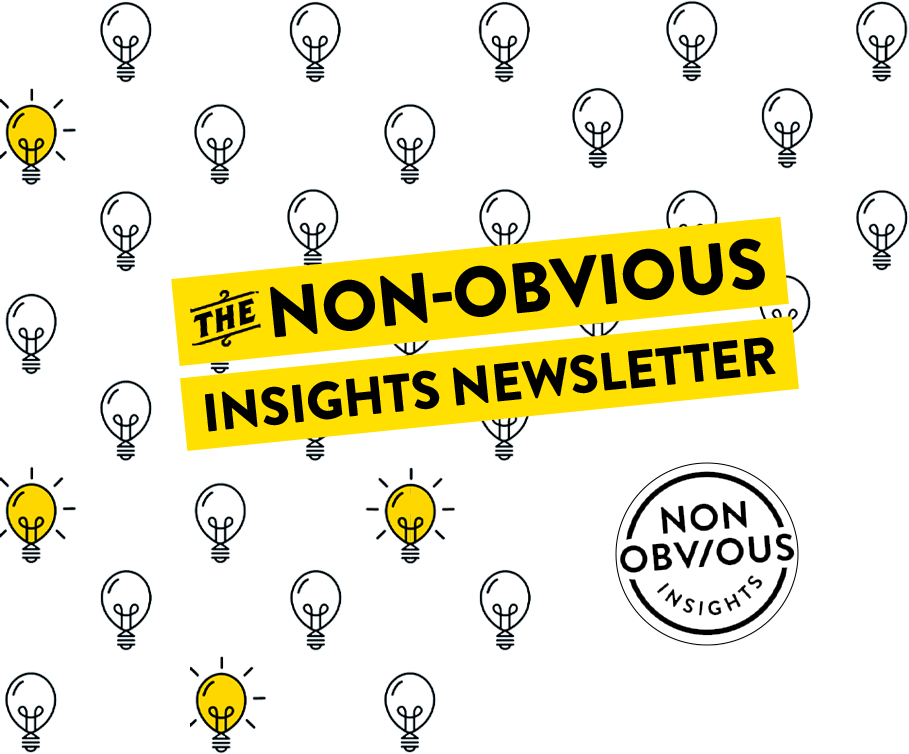



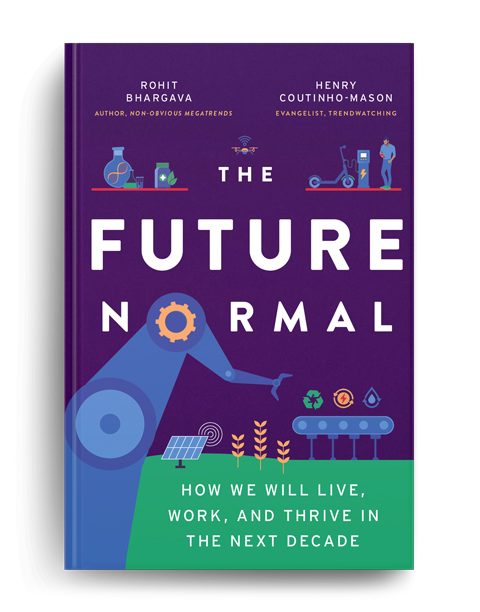
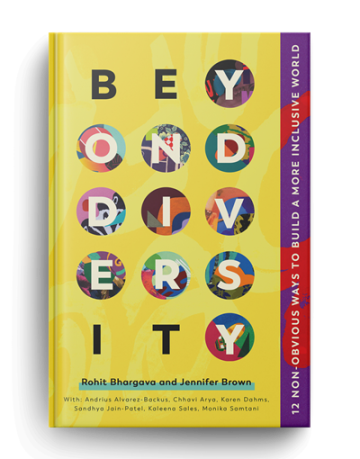
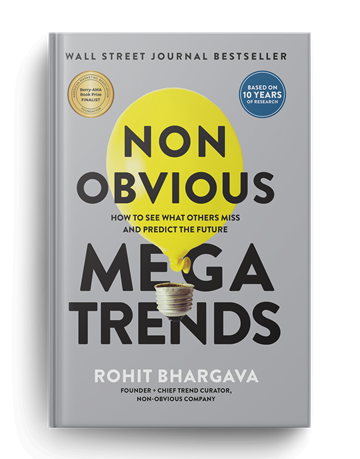
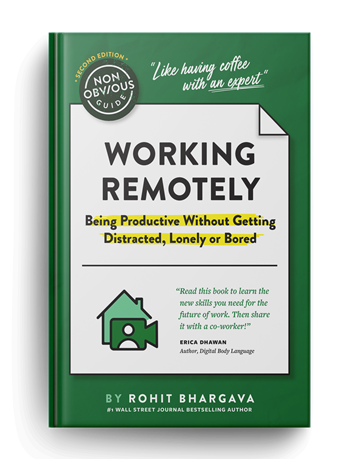
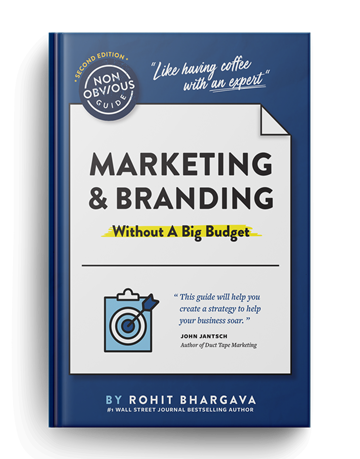
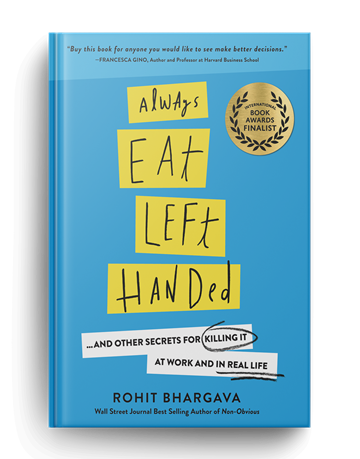
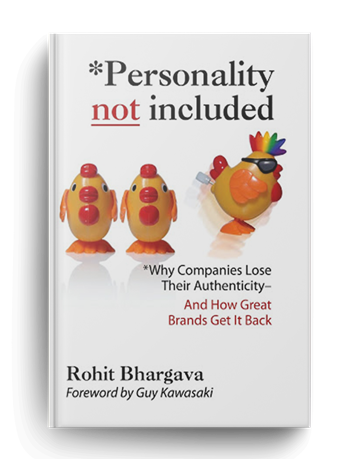
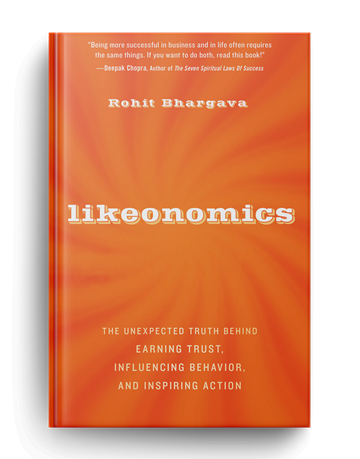

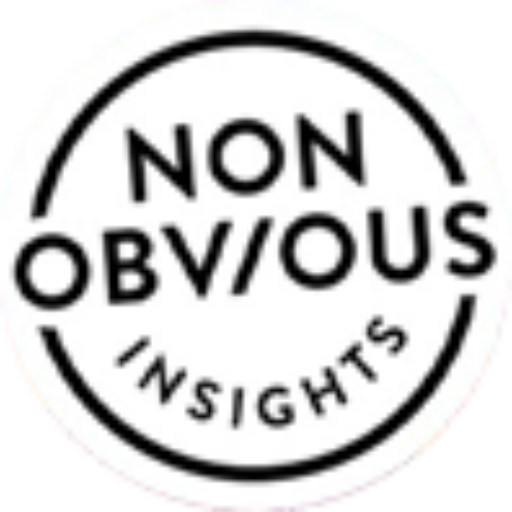
Great post and timely when related to Steve Jobs’ resignation from Apple. I am sure not only their stock holders, but potential buyers of Apple products are curious to see if the affinity of so many consumers of Apple products is due to the products themselves or the creative forces, innovation and vision that Steve Jobs has brought to Apple. It will remain to be seen in months and years ahead.
The company I work for is constantly re-evaluating the way we do things to make things more efficient and more appealing to the customers we serve. Fortunately, any changes we have made so far have usually made things better for our customers as well, but the DVORAK keyboard is a great example of how change for efficiency does not always guarantee positive results.
Tracy makes a good point. People weren’t necessarily making the leap from Windows to Apple in the early days just because it was a”better” computer. PCs were cheaper and the assumption that Windows offered a lower cost of ownership. It took a really clever ad campaign (I’m a Mac) to help people understand the personality differences between a Mac and a PC.
The DVORAK probably needed a smart campaign that went beyond their value proposition of “if you spend time now learning our keyboard, it will save you time later.” That’s not a real strong incentive for most people.
Buddy Scalera
https://www.wordspicturesweb.com
Very interesting marketing insight,sometimes even the inefficient products triumphs over efficient one just because they are already common among users.
Well I always hope to learn something new everyday and today I did. I’ve never heard of Mr. Dvorak or of his keyboard design. I look forward to finding more information on his works. I would agree with the comments from Tracy and Buddy, I too am eagerly waiting to see how the absence of Steve Jobs will affect the future products of Apple. But what came to mind when reading your post was the addition of Google +1 to the social media family and how it will fare against Facebook. To me FB seems like second nature, when I have yet to feel comfortable with Google +1, I’m guarding my opinion as I don’t want to eat crow later.
Dvorak never quite died. Windows allows you to configure your keyboard to the Dvorak layout – this has been true at least since the introduction of Windows NT, in the ’90s. I know this because I use it! I flunked typing when I was a teen, but using the Dvorak layout I can touch-type fast enough to walk away from meetings with good notes.
So I think there’s a second lesson here: You may dominate, but you won’t eliminate the niches. And if you don’t dominate, you can own a niche.
I work for GageIn, a startup that has built a platform that brings users real-time and relevant business content.
Users only have to follow companies in their business ecosystem and set the types of updates they’d like to receive about each company.
However, we’ve been running into a lot of people saying that they have already signed up for Google Alerts, Google Reader, or use search engines to keep up with business news.
It’s clear that our platform would save them a lot of time and trouble, but they have already set up their information sources and made them a daily habit.
What’s the solution? Is there one?
@Buddy, good point about a “smart campaign”. If I had ever seen some time-to-switch stat (i.e. you’ll be at 40 wpm in 2 weeks), I might have tried it.
@Carolyn, you guys should offer you service to 10-20 companies for free for a month (or 3 even), calculate the ROI for the managers. Nothing sells like facts.
A refreshing insight indeed. Switching over to a new way of doing a particular thing requires time & effort. Here, switching was inconvenient. A very interesting aspect of consumer behavior. So the bottom line is – get the customers hooked on to your product.
But I do opine that in order to retain them a company has to be always innovating, like what happened to Google’s Orkut. Facebook came & washed it away as it had stopped innovating after a point. However, I feel this “Loyalty” can only be experienced in High Tech industry, but with high amount of competition, one has to innovate.
I find it hard to imagine in FMCG/Grocery sector.
Looking forward to more such posts.
“It was faster, easier and better to use the inefficient old solution…”
Faster and easier, yes. But better for whom?
There was a sizable base of machines already configured with the QWERTY layout, plus assembly lines for producing those typewriters. Think about the tremendous waste of productivity over the years alone.
I am more reminded of the failed attempt to switch the U.S. to the metric system.
And, for what it’s worth, I’m typing this in Dvorak on a Mac, which switches quite easily between QWERTY and Dvorak.